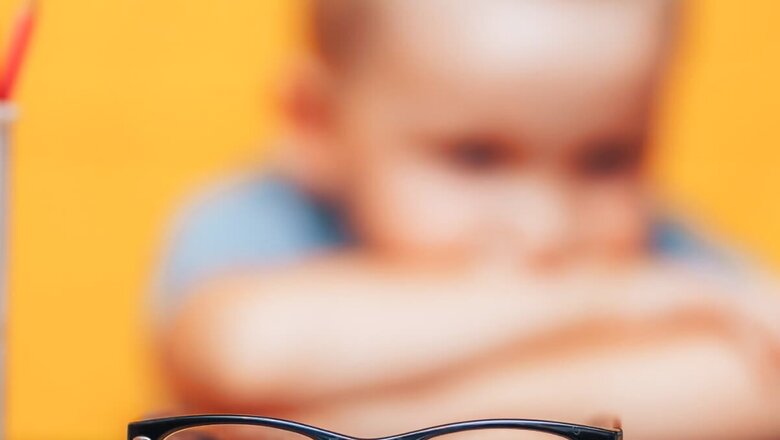
views
Around one-third of children and adolescents globally are suffering from myopia or short-sightedness, a recent study has revealed a concerning trend. Across 50 countries, a review of over 250 studies involving over five million participants confirmed that children’s vision is getting worse worldwide. The study was published in the British Journal of Ophthalmology.
They estimated a greater than three-fold increase in overall prevalence between 1990 and 2023, rising from 24% (1990-2000) to 25% (2001- 2010) to 30% (2011-2019) and 36% (2020-2023) where one in every three children and teenagers falls into this bracket. According to this trajectory, myopia is expected to hit more than 740 million by the year 2050.
Myopia, a vision impairment of distant objects, is known to begin early and often progresses with age, the researchers explain.
The study identified several key factors that influence the prevalence of myopia in children:
Genetics: Data from Japan, South Korea, China, Russia and other East Asian countries indicate that children are more than twice as likely to be myopic in comparison to other regions.
Early start of formal education: In regions like Singapore and Hong Kong, children start schooling at an early age, approximately from the age of two, thus exerting much pressure on their eyes.
Increased screen time and decreased outdoor activity: Another possible contributory factor of the COVID-19 pandemic was locking people indoors, which limited their exposure to natural light and increased their screen time.
Gender differences: Myopia might also be higher among adolescent girls and young women than in boys because they spend less time outdoors, and also have early puberty.
The research also established that the occurrence of myopia differed from one area to another. East Asia now has the highest rates; with 85% of children affected in Japan, 73% in South Korea, 40% of children in China, and in Russia as well.
However, myopia is seven times rarer in African children, who are likely to begin school at a later age. The reported myopia rates are 15% in children in the UK and Ireland.
The study further asserted that from 1990 to 2023 the prevalence of myopia has risen significantly and that the disease has become “a major public health concern nowadays”.

















Comments
0 comment